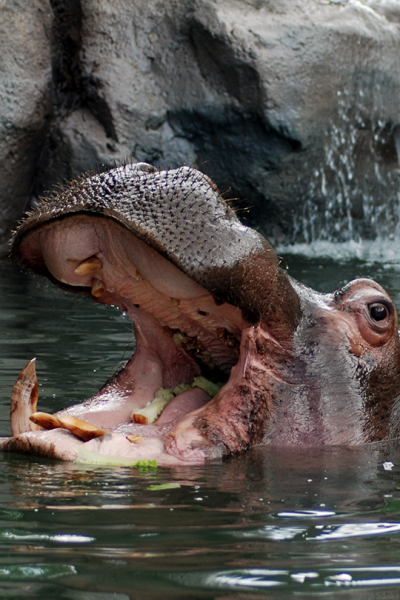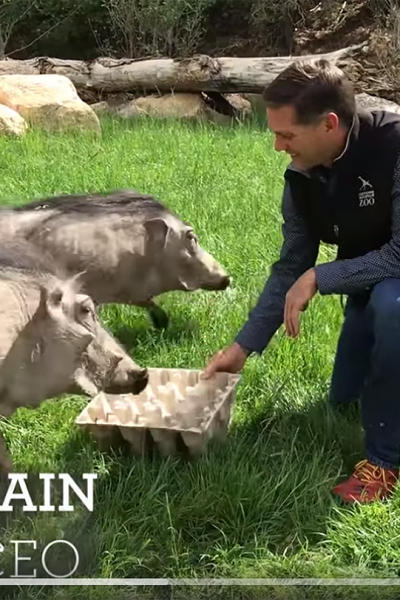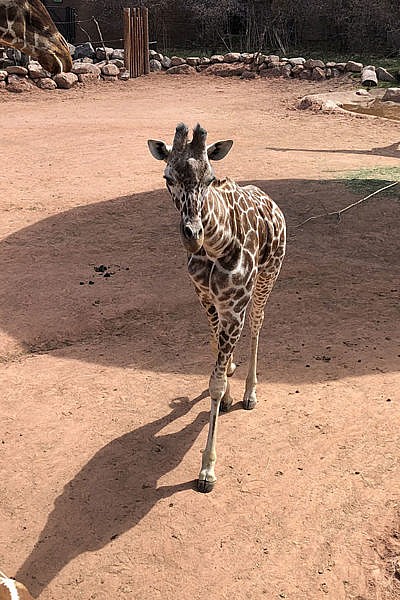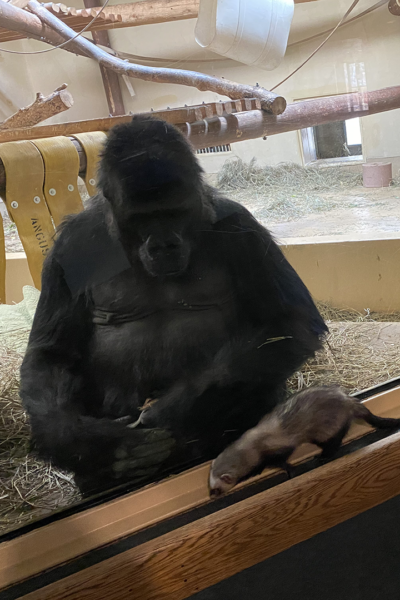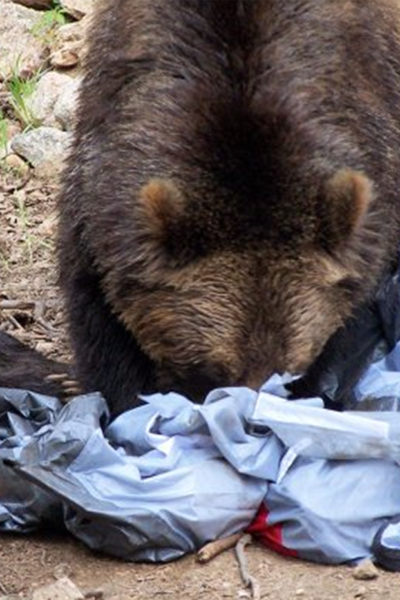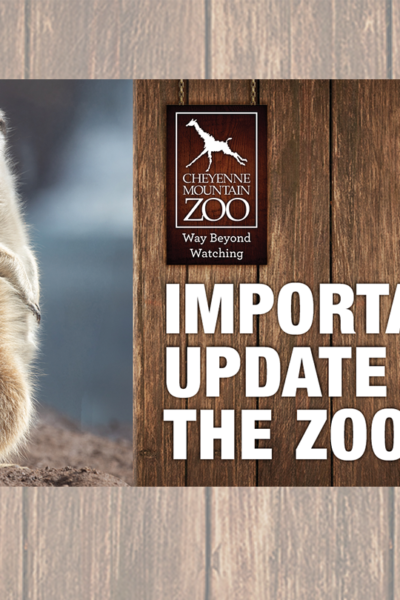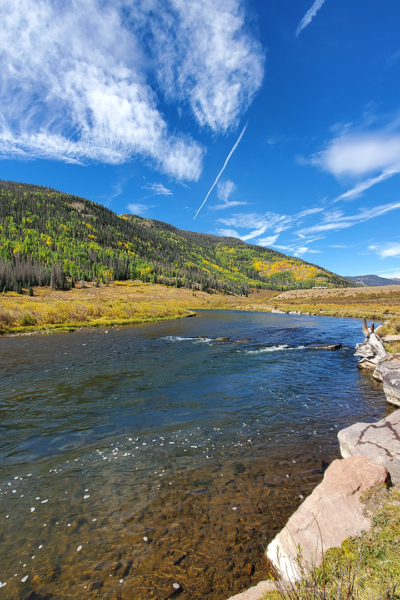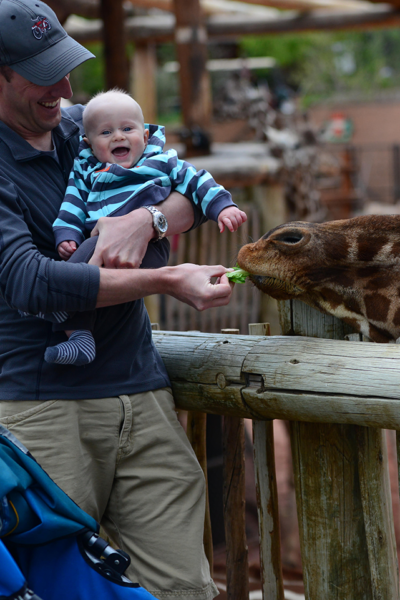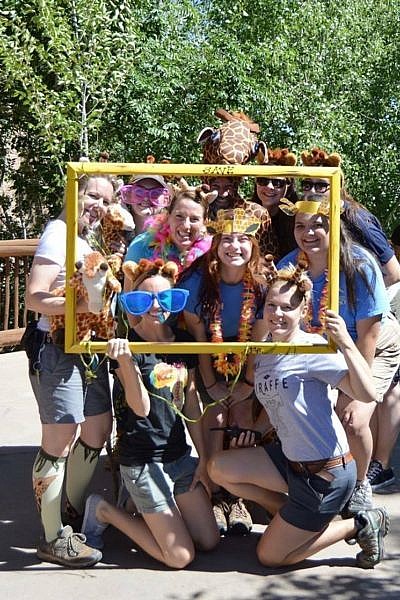(Colorado Springs, Colo.) – Cheyenne Mountain Zoo is excited to announce its phased reopening to the public, beginning with members on Saturday, June 6. On Friday evening, the Zoo received final approval from Gov. Jared Polis and Colorado Department of Public Health & Environment (CDPHE) to reopen, following a nearly three-month closure due to the COVID-19 pandemic.
The Zoo’s opening is a result of a successful variance request to Gov. Polis’ office and CDPHE, through the variance process they made available to affected organizations, businesses and industries. The Zoo received amazing support from the El Paso County Board of Commissioners, the Colorado Springs Mayor’s Office, El Paso County Public Health, and the three local hospitals to shepherd the variance through the complex process and ultimately facilitate approval at the state level.
“We’ve been encouraged by the amount of support our local government has given us as we have navigated these uncharted waters,” said Bob Chastain, Cheyenne Mountain Zoo president and CEO. “I have worked hand in hand the last few weeks with El Paso County Public Health, the mayor, the city manager, the heads of our three great hospitals and the El Paso County Commissioners. There are real people behind those titles, and they care about the people of Colorado Springs and Colorado.”
“We are thankful for our partnership with the Zoo, and for their innovative leadership in working to create a plan to safely reopen,” said Susan Wheelan, El Paso County Public Health Director. “The Zoo brings people so much joy, and we are thrilled our community will be able to enjoy this local attraction again.”
Everyone involved at the local level has worked tirelessly with us to finalize our variance request and submit it for consideration. I want the Colorado Springs community to know that your local government officials worked very hard on your behalf to help return the Zoo to you.”
The Zoo will follow a phased reopening. All members and guests from June 6 through June 19 will be required to reserve or purchase an advance ticket. Tickets will be available in hourly increments and will be limited to allow for maximum physical distancing. Full reopening details and tickets are available at https://www.cmzoo.org/open.
- Zoo member tickets only – Saturday, June 6 through Wednesday, June 10 (five days) – Members must log in and reserve their free tickets in advance online.
- Zoo members and general public tickets available – Thursday, June 11 through Friday, June 19 (nine days) – Everyone (Zoo members and non-members) must reserve or purchase their tickets in advance online.
- Our variance is currently approved for the next two weeks, so watch our website and social media for details beyond June 19.
The Zoo has put precautionary measures in place for the reopening. Not only will they have a limited number of advance tickets available each hour, but they have also implemented measures like closure of spaces and activities that would hinder physical distancing and frequent sanitization of high-touch areas. Guests are strongly encouraged to wear masks, and masks are required for staff within 6 feet of others and in all guest areas.
About Cheyenne Mountain Zoo
Cheyenne Mountain Zoological Society was founded in 1926. Today, Cheyenne Mountain Zoo, America’s mountain Zoo, offers comprehensive education programs, exciting conservation efforts and truly fantastic animal experiences. In 2019, Cheyenne Mountain Zoo was voted #6 Best Zoo in North America and CMZoo’s Rocky Mountain Wild was named #5 Best Zoo Exhibit in North America by USA TODAY 10Best Readers’ Choice Awards. It is Cheyenne Mountain Zoo’s goal to help guests fall in love with animals and nature, and take action to protect them. Of the 233 zoos and aquariums accredited by the Association of Zoos and Aquariums (AZA), Cheyenne Mountain Zoo is one of just a few operating without tax support. Cheyenne Mountain Zoo depends on admissions, membership dues, special event attendance and donations for funding.
